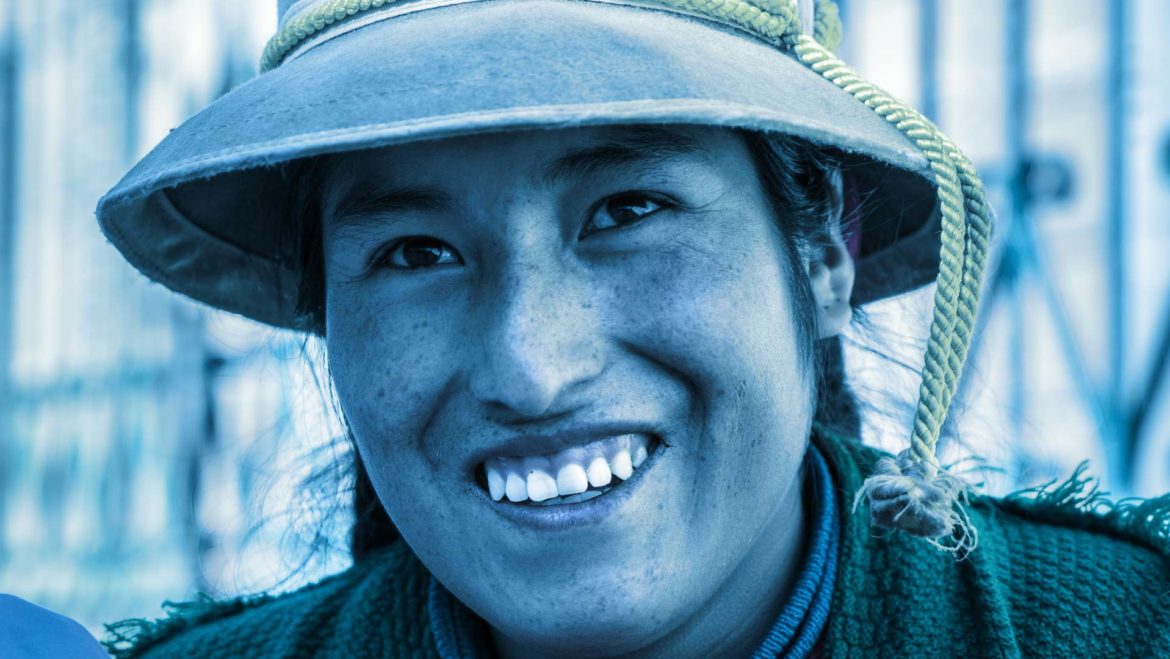
Tool 14 – Steps Towards Consensus
Consensus processes bring together various possible decisions and reach an agreeable outcome to the greatest number of people. As voting is not a generally preferred method for indigenous communities, this tool provides guidance for companies wanting to foster a consensus-building approach to making decisions with indigenous communities. The company’s role is to ensure the community understands all aspects of the project and allows it to make its own decision.
Step Guide
STEP
1
To convene a consensus process requires companies to undertake initial scoping interviews. These can be undertaken with an independent “conflict assessment”, taken at the same time as a baseline data gathering exercise
STEP
2
All should agree on the make-up of the group involved in the negotiations and identify any missing community members, whose absence may affect the credibility of the process
STEP
3
Attendees should collectively consider ways of adding appropriate individuals to the group
STEP
4
Identify and engage a mediating or facilitating body that is perceived as neutral but fair. Their role is to ensure each party sees its best interests most clearly, and the greatest shared value is realised
STEP
5
Ensure a timeline that is agreed by both company and community. This timeline should be flexible and based on possibilities that may arise within the local indigenous context
STEP
6
Alternative key representative should be agreed upon to help the continuity of regular meetings, alternative key representatives for mediators or facilitators should also be agreed
STEP
7
Ensure parties who are resisting participation do not feel excluded
STEP
8
Discussions and negotiations should take place in the community’s preferred space to ensure they are comfortable and relaxed
STEP
9
Avoid using technical and legalistic language during deliberations and keep explanations simple, using visual media can also help
STEP
10
Following initial deliberations with key decision-makers, you may choose to engage in separate legal discussions with those indigenous groups that have greater regulatory capacity
STEP
11
Ensure ICMM norms are respectfully included in discussions eg the inclusion of women in the decision making process
STEP
12
If scientific data was used, this should be documented as should any caveats or limitations
STEP
13
Maintaining an oral and written history of the process by which decisions are reached and the sequence of concessions or compromises made by all parties is also essential
STEP
14
Companies must ensure the consensus-building process leads towards an agreement of principles and desired outcomes
STEP
15
The legal side of any agreement can then refine specific outputs
Further Reading:
- I Pain and T Paddon, Negotiating agreements: indigenous and company experiences: presentation of the Voisey’s Bay case study from Canada
- L Susskind, S McKearnan and J Thomas-Larmer [eds], The consensus building handbook: a comprehensive guide to reaching agreement, Thousand Oaks, CA, Sage Publications, 1999
